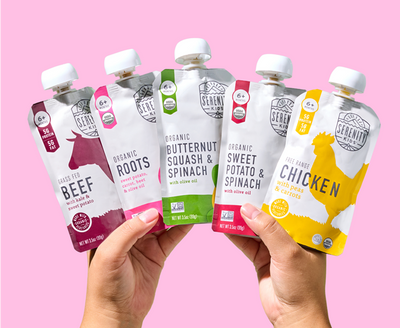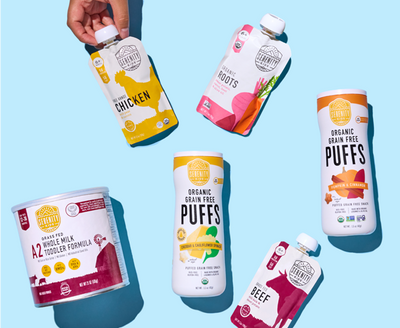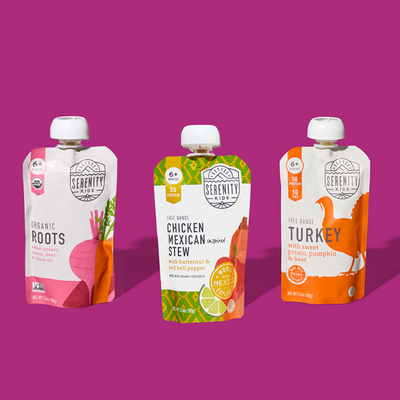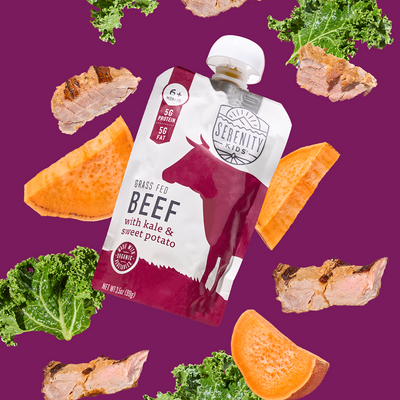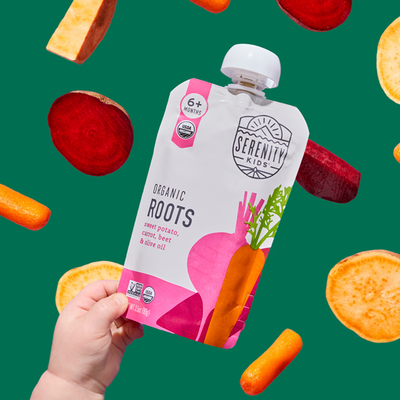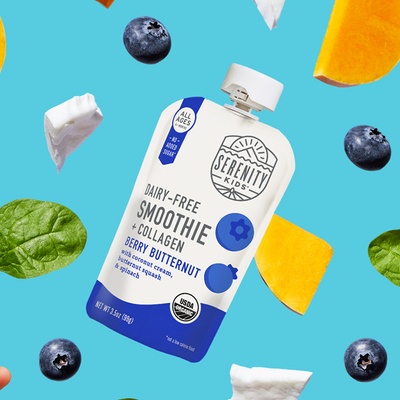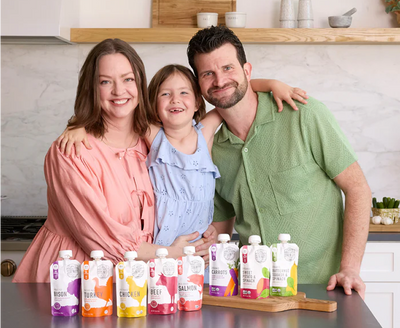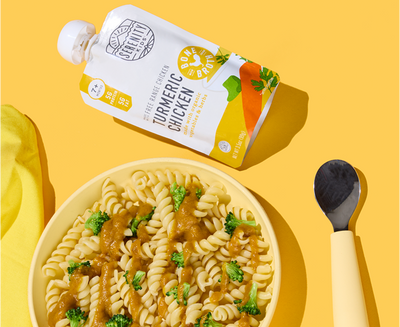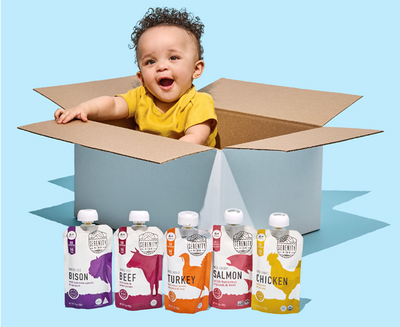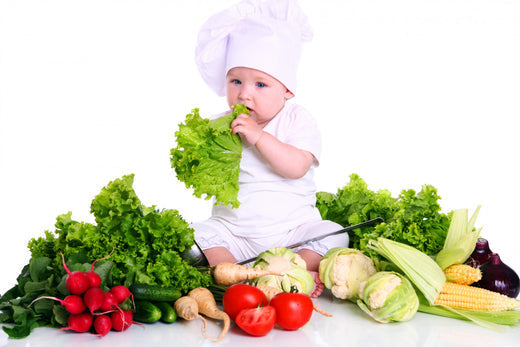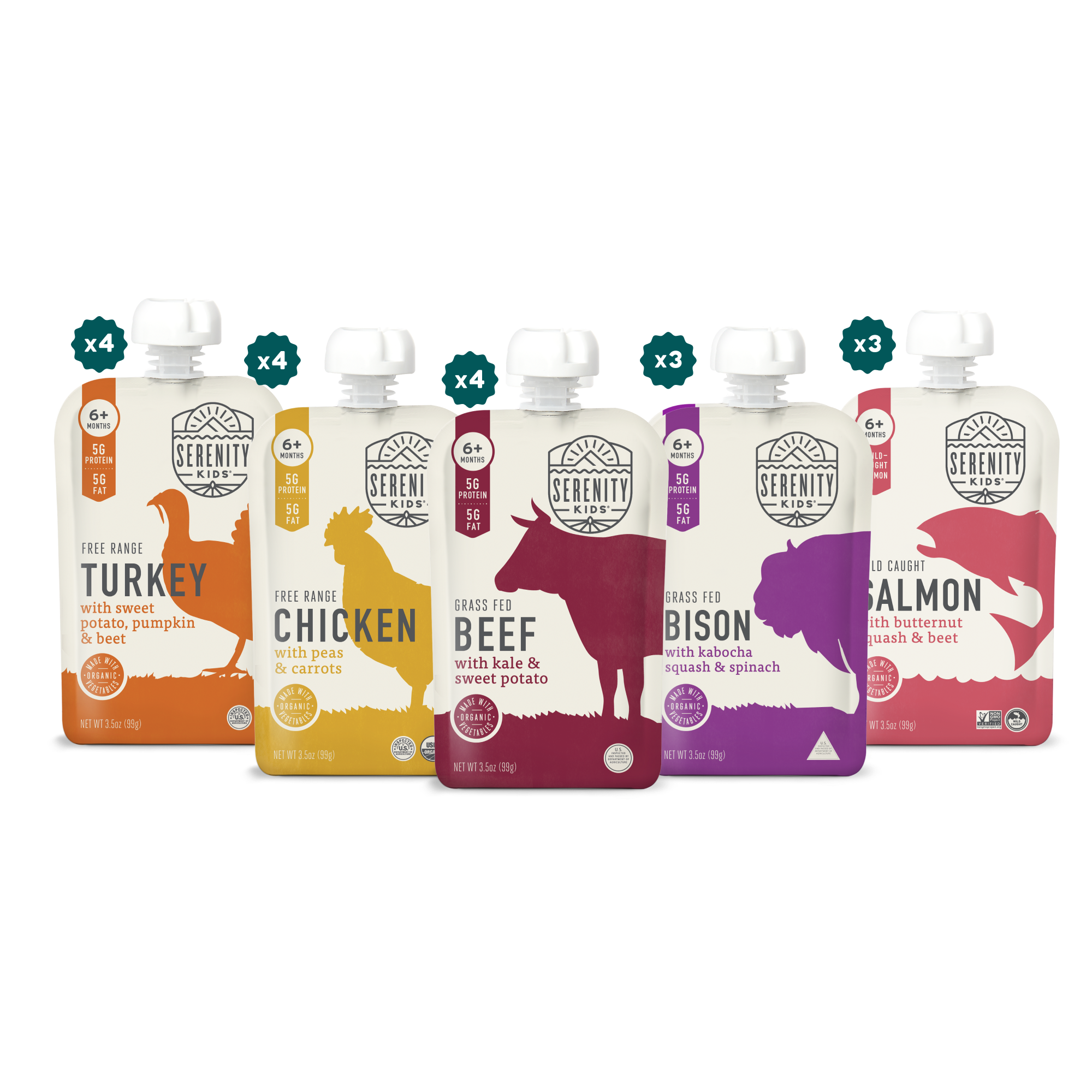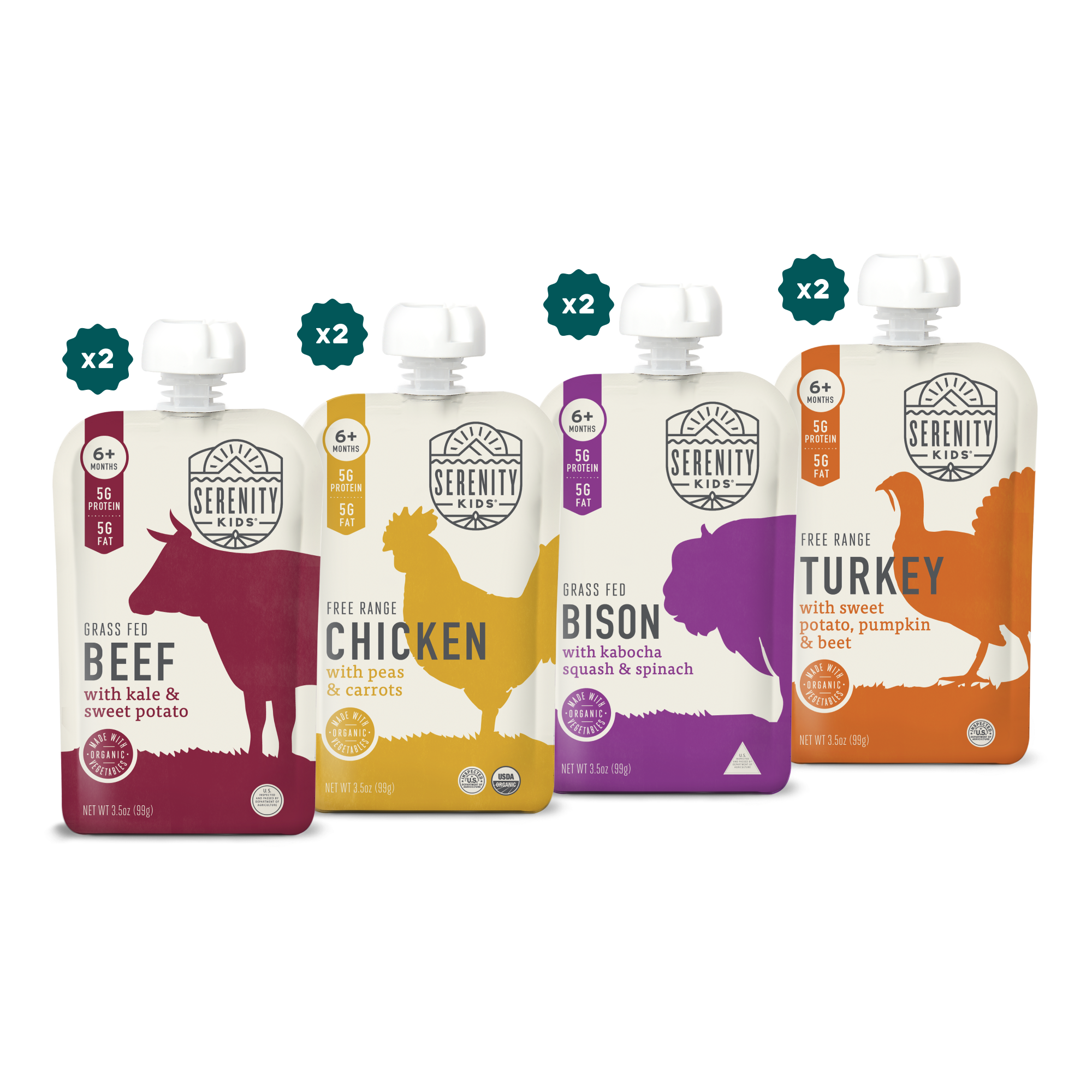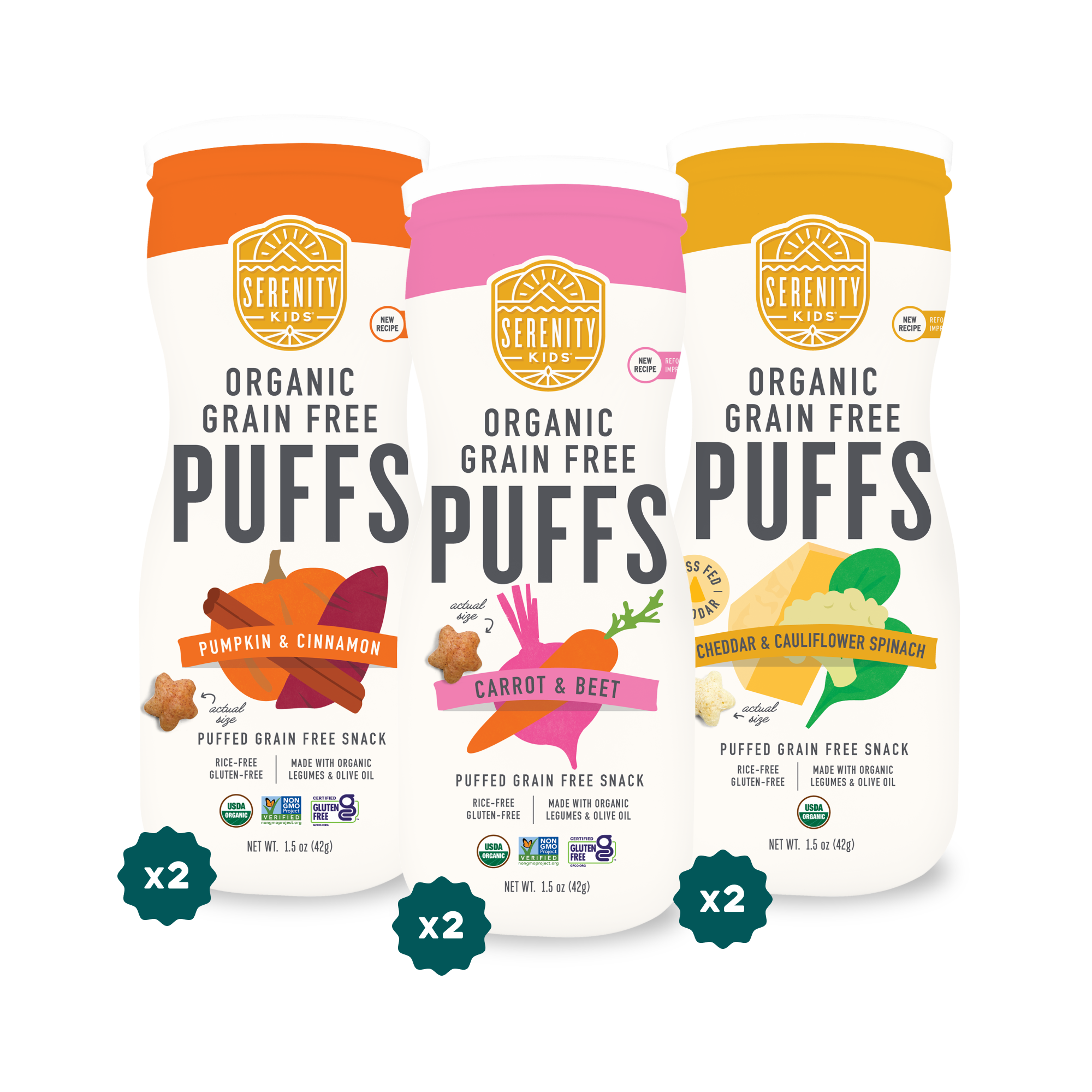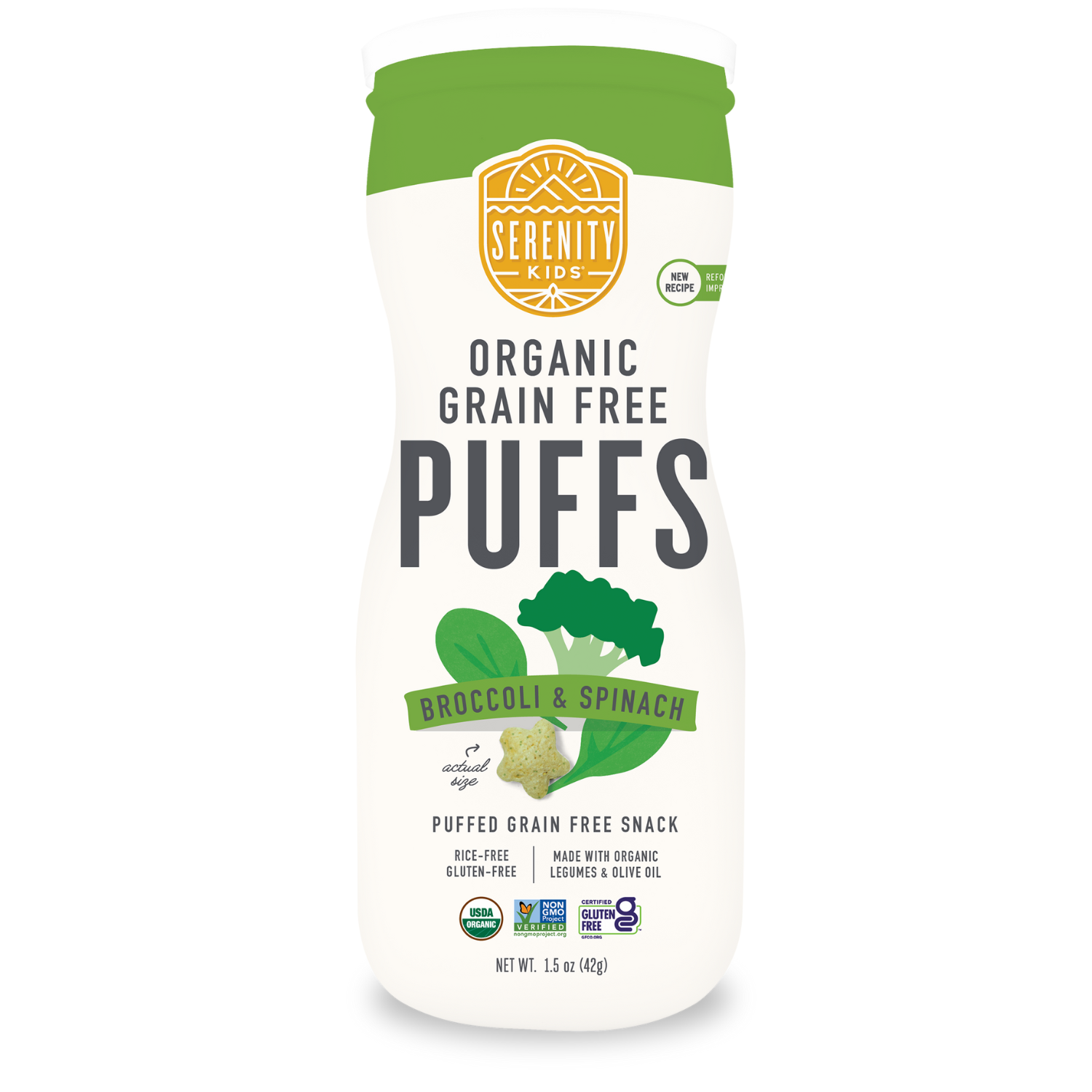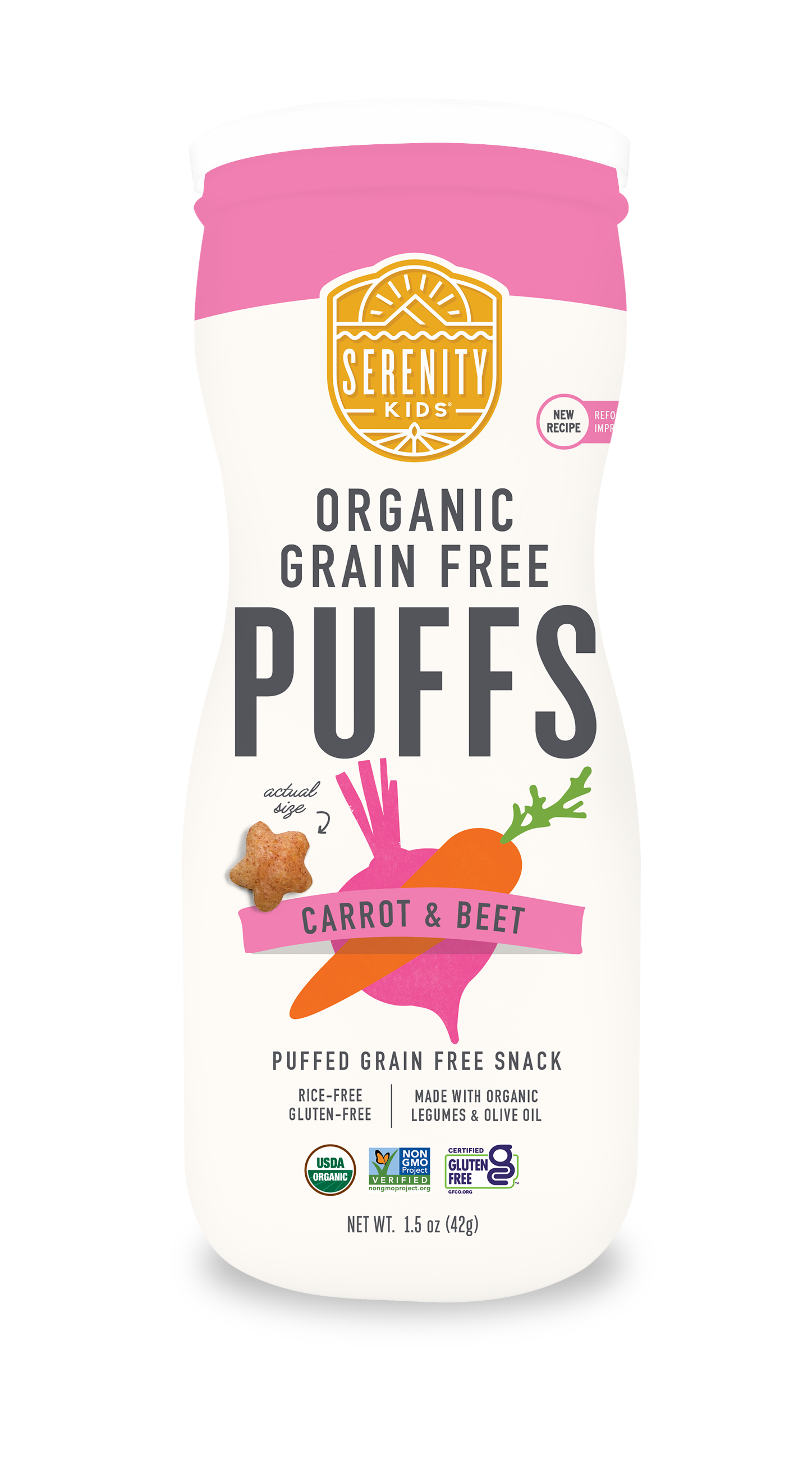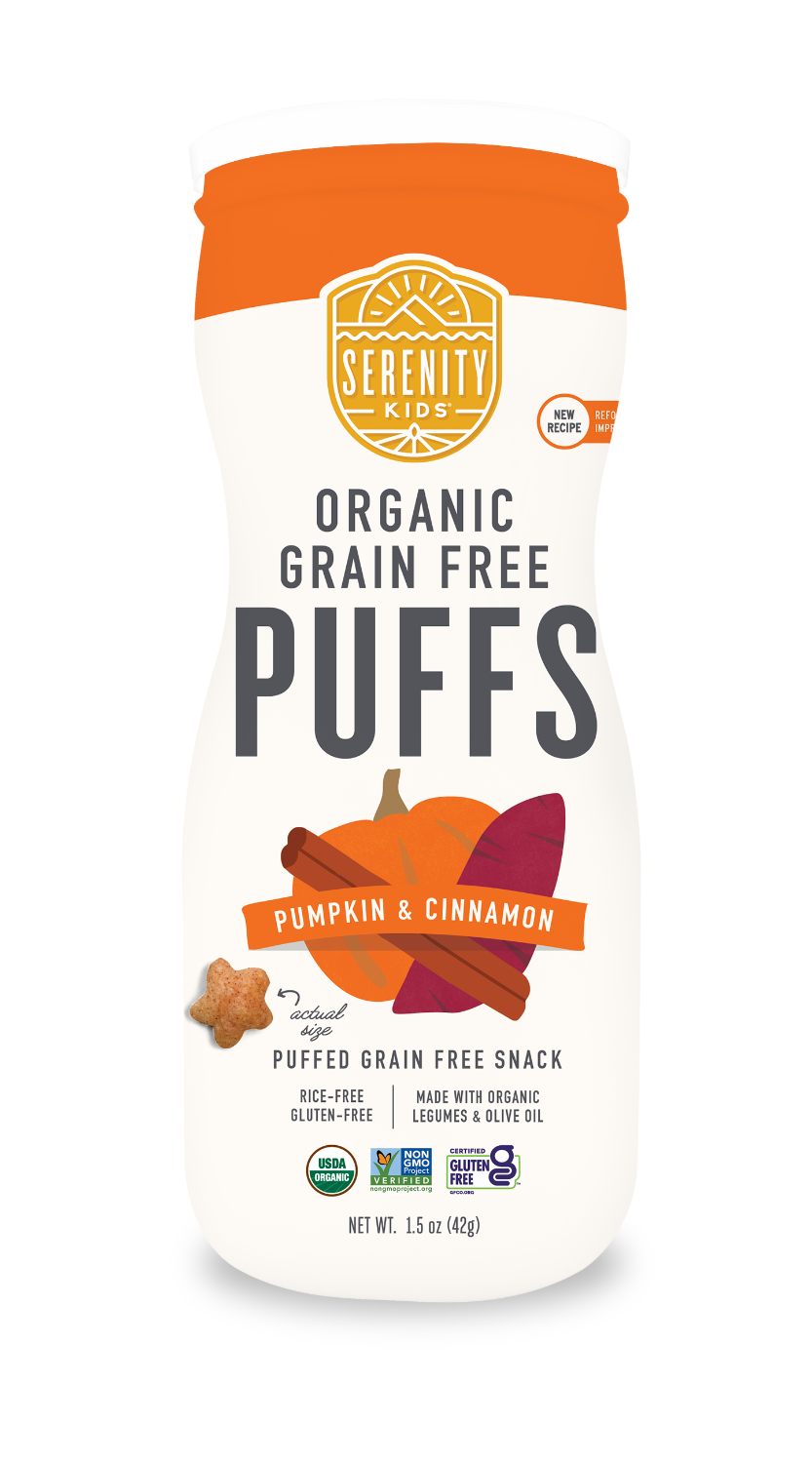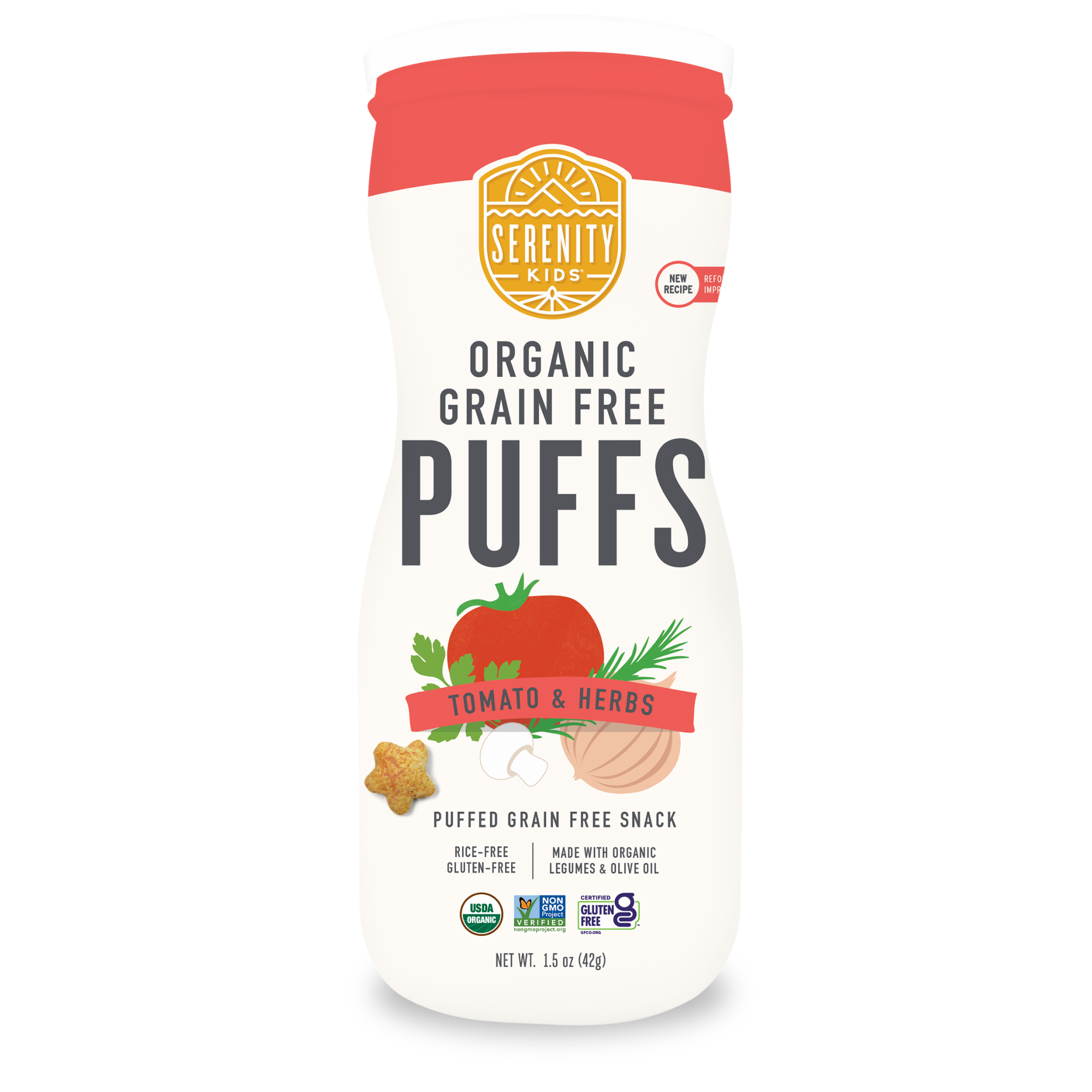As the parent of a little one, chances are, you’ve made your way down the baby food aisle of your grocery store. Maybe you’ve also compared different brands online and scoped out some of the services that will deliver baby food to your doorstep. You probably quickly realized that there are a dizzying number of options available.
But whether shelf-stable or refrigerated, organic or not, or packaged in a jar or a pouch, most of the baby food available has one thing in common—its primary ingredient is fruit. So what does that mean for you as you try introducing veggies to your little one? It means good eating habits will need to be intentionally pursued- watch out for high sugar and fruit content in packaged foods you thought were sources of veggies and take the initiative to introduce solid foods to get right to the source.
The Benefits of Vegetables for Babies and Toddlers
Vegetables are a vital part of a healthy diet for babies and toddlers. They provide essential vitamins and minerals, support healthy growth, and help develop a preference for a variety of flavors. Incorporating a wide range of vegetables early on can set the foundation for lifelong healthy eating habits.
The Sugar Problem in Baby Food
Organic baby food that contains naturally sugary fruits has an average of 9g of sugar per pouch!
Baby food is designed this way for a reason. Food manufacturers want to make highly-palatable food to keep buyers coming back for more. And just like many adults, babies like sweet tastes. In fact, studies have shown that infants are biologically wired to prefer sweet tastes, and those tastes are further developed through the consumption of breastmilk and/or formula for the first several months of life.
Breast milk is naturally a little sweet and encourages infants to latch onto their mother and get the nutrition necessary to grow and develop at a rapid rate. For the same reasons, formula is designed to mimic the taste and nutrition of breast milk.
But just because babies prefer sweet tastes doesn’t mean that they need to consume high-sugar foods when introducing solid food. And the good news is you don’t have to use sweet as the default. Studies have shown that taste preferences are malleable and develop in response to a number of social and environmental factors. In other words, babies exposed to a variety of foods can learn to like more complex and unique flavors, like bitter and sour.
The Limitation of Commercial Baby Foods
Unfortunately, most commercial foods are not developed to support expanding the palate of your little one. A 2015 study by the University of Glasgow found that commercial baby foods use predominantly fruit and sweet vegetables and that this lack of variety is unlikely to promote the development of bitter tastes in youngsters.
The study looked at over 300 commercial baby foods from a variety of brands such as Organix, Heinz, Ella’s Kitchen, and Plum Baby, and found that not only were fruits more predominant and green vegetables rarely used, but also that fruit juice (which is discouraged by the American Academy of Pediatrics) was added to 18% of products. The study authors acknowledge that:
“taste learning requires parents to introduce their children to less palatable bitter tastes and keep offering them, however, it is probably unrealistic to expect commercial products to assist in this process.”
While fruit can be paired with veggies to increase palatability and introduce more bitter tastes, too much fruit will completely mask the tastes that you are trying to introduce and defeat the purpose of the introduction.
Of course, a child will still reap the nutritional benefits of the vegetables when paired with any type or amount of fruit, but this approach simply reinforces the preference for sweet tastes. Pairing bitter flavors with a small amount of lower sugar and highly nutritious fruits such as blueberries or nutritious slow-burning complex carbohydrates such root vegetables such as butternut squash is ideal, as it exposes a child to the new flavor without an overwhelming amount of sugar.
Repeated Exposure to New Flavors
But don’t worry if your little one seems to reject those bitter flavors at first. Do your best to brush off that sour face staring back at you, and keep trying! Multiple studies have shown that repeated exposure is needed. A study published in the Annals of Nutrition and Medicine titled “Flavor Perception and Preference Development in Human Infants” reviewed multiple studies on the topic and observed that 8-10 exposures to the taste of a new or novel food were needed in order to increase acceptance of it. Another study on the early influences of food preferences suggests a more broad range of 6-15 exposures.
Early taste experiences set the foundation for food preference development throughout the child’s lifetime. Strong correlations have been found between food preferences during early childhood and later in life.
In fact, one study that examined the preference for sweet solutions versus water in infants found that while at birth, all of the infants preferred sweet solutions to water, by six months of age, the preference for sweetened water was linked to the infants’ dietary experience. Infants who were routinely fed sweetened water by their mothers showed a greater preference for it than did infants who were not. The study suggested that offering complementary foods without added sugars is not only advisable for short-term health but also to set the infant’s threshold for sweet tastes later in life.
Introducing Vegetables for Babies
The importance of exposing your child to a variety of tastes and an array of important nutrients combined with the lack of healthy lower sugar options on the market was the inspiration for Serenity Kids. Our shelf-stable pouches contain no fruit—just organic vegetables, responsibly raised meat, and healthy fats. They are crafted to perfectly pair more bitter flavors like spinach and kale with milder flavors like sweet potato. The result is incredibly nutrient-dense and delicious baby food. For parents dealing with a picky eater, consider creating a picky eater food list that includes a variety of vegetables and fruits.
Introduce Vegetable Solid Foods
Introducing vegetables to your baby’s diet can be an exciting journey. Start with veggies that are rich in vitamins like Vitamin A, Vitamin K, and Vitamin B6. Some of the best vegetables for babies include:
Carrots
Carrots are a great source of Vitamin A and are usually well accepted by babies due to their natural sweetness, making carrot baby puree a popular first food choice.
Sweet Potatoes
Rich in Vitamin A and fiber, sweet potatoes are a nutritious and tasty option.
Broccoli
Broccoli provides essential nutrients like Vitamin C and fiber. Cooking it until soft can make it more palatable for young children.
Butternut Squash
This vegetable is not only packed with vitamins and minerals but also has a pleasant taste that most babies enjoy.
Green Beans
Green beans are a good source of vitamins and fiber and can be served steamed or pureed.
Bell Peppers
Bell peppers are rich in Vitamin C and can add a bit of sweetness and crunch to your baby’s meals.
Brussels Sprouts
Though they can be a bit bitter, Brussels sprouts are packed with vitamins and minerals. Try roasting them to bring out their natural sweetness.
Tips for Baby Led Weaning
Baby led weaning is an approach that lets babies feed themselves from the start of weaning. Here are some tips to help you get started:
-
Offer Finger Foods: Start with soft, easily graspable foods like cooked carrots, broccoli florets, or slices of sweet potato.
-
Supervise Eating: Always stay close to your baby while they eat to ensure safety.
-
Encourage Exploration: Let your baby explore different textures and tastes at their own pace.
-
Avoid Added Salt and Sugar: Stick to natural flavors and avoid adding salt or sugar to your baby’s food.
Combating Food Allergies
Introducing solid food to your baby can also help in identifying and managing food allergies early on. Start with one new food at a time and wait a few days before introducing another to monitor any allergic reactions. If you notice any signs of a food allergy, such as rash, swelling, or difficulty breathing, contact your pediatrician immediately.
Making Homemade Baby Food
Of course, you can always make your own baby food, (and we encourage you to do so!). But when life gets busy, when you’re traveling, when your kid is fussy, homemade may just not happen. Here are some simple recipes to get you started:
Step 1: Prepare Your Veggie
Start by prepping your chosen vegetable:
-
Carrots: Peel and chop.
-
Butternut Squash: Cut in half and remove seeds.
-
Green Beans: Trim the ends.
Step 2: Cook and Puree
Steam carrots and green beans until tender, while butternut squash is best roasted in the oven until soft. Once cooked, transfer the vegetable to a blender or food processor and blend until smooth. To enhance both flavor and nutrition, add a small amount of healthy fat, such as olive oil, avocado, or unsalted butter, during the blending process.
Step 3: Store and Freeze
Serve the puree warm, or portion it into small containers and freeze for up to three months. Having homemade purees on hand makes mealtime easier on busy days!
Store-Bought Options for Convenience
And when that is the case, you can feel good knowing that you don’t have to compromise quality for convenience with Serenity Kids. Our pouches are designed to provide balanced nutrition without the high sugar content found in many other baby food products.
Introducing New Foods to Toddlers
As your baby grows into a toddler, continue to introduce new foods and textures. This is a great time to add more complex flavors and nutrient-dense vegetables to their diet. Introduce veggies and make mealtime fun and interactive to encourage your toddler to try new foods.
Nurturing Healthy Eating Habits from the Start
Navigating the world of baby food can be overwhelming, but by focusing on nutrient-dense vegetables and exposing your little one to a variety of flavors early on, you can set the stage for a lifetime of healthy eating habits. Whether you choose to make your own baby food, explore baby-led weaning, or opt for high-quality store-bought options like Serenity Kids, remember that persistence and variety are key.
By introducing your baby to a broad spectrum of tastes and textures, you are not only nourishing their growing bodies but also helping them develop a healthy relationship with food.
Happy feeding!

